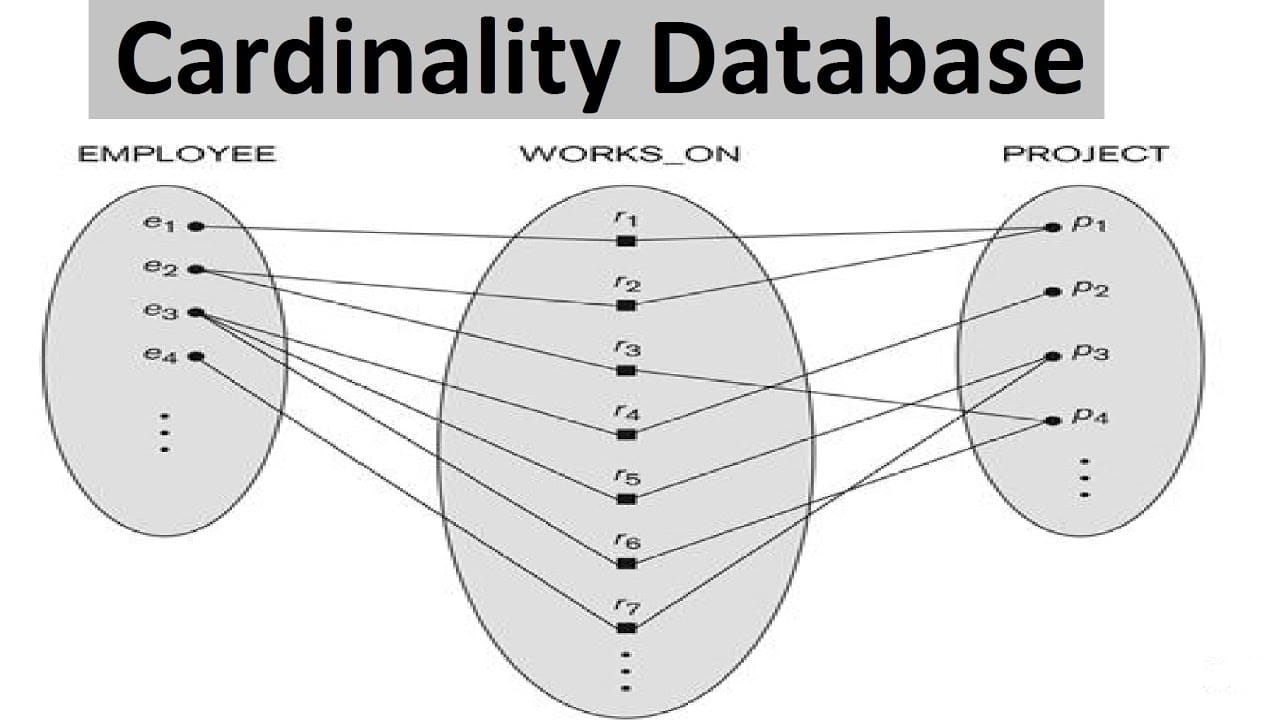Cardinality is an important concept in Structured Query Language (SQL), which is the basis of relational databases. It is used to indicate the maximum number of data items that can exist within a given relation. Generally, cardinality is expressed as either one-to-one, one-to-many, or many-to-many relationships.
One-to-one
The one-to-one relationship indicates that each item in the first relation can be related to one, and only one, item from the other relation. An example of this would be employee numbers and names. Each employee can be uniquely identified by their employee number, and each employee number can be linked to a single name.
One-to-many
The one-to-many relationship indicates that an item from the first relation can be related to multiple items from the second relation. An example of this is ordering goods online. Each order can be linked to multiple items, since a customer can order more than one item at a time.
Many-to-many
The many-to-many relationship indicates that items from the first relation can be related to multiple items in the second relation, and vice versa. An example of this is the relationship between students and courses. A student may take several different courses, and a course can have many different students enrolled.
Cardinality is an important concept in designing SQL databases. It allows the designer to specify the maximum number of data items that can exist within a given relation, and helps create well-structured data models.






